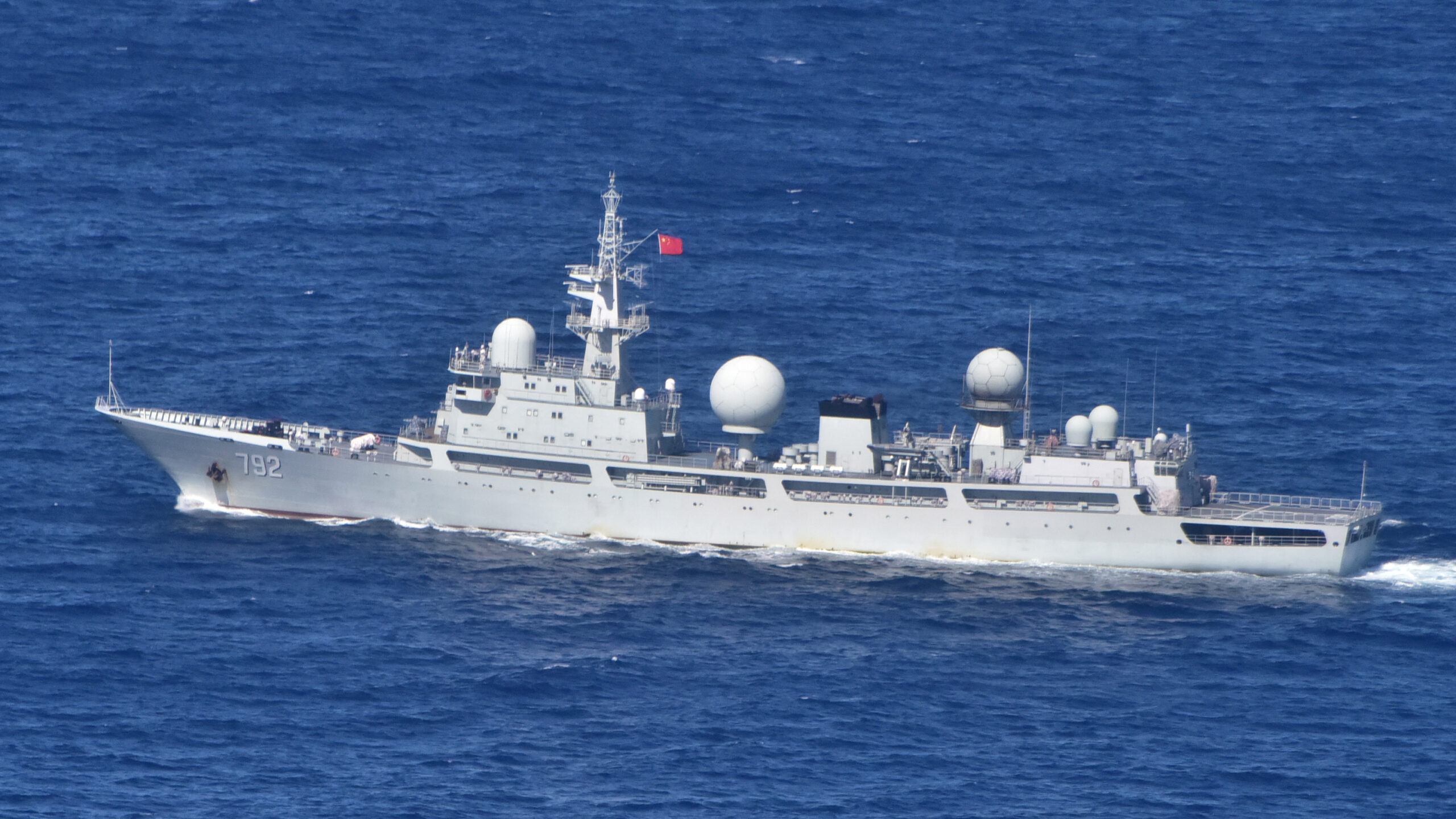Australian officials have reacted angrily to the appearance of a People’s Liberation Army Navy, or PLAN, intelligence-gathering vessel off the coast of Australia. Although the spy ship apparently remained in international waters throughout the incident, Australian Defense Minister Peter Dutton described the actions of the PLAN vessel as an “aggressive act.” Moreover, the incident speaks to the PLAN’s expanding activities closer to the Australian mainland and the growing potential for disputes that this entails.
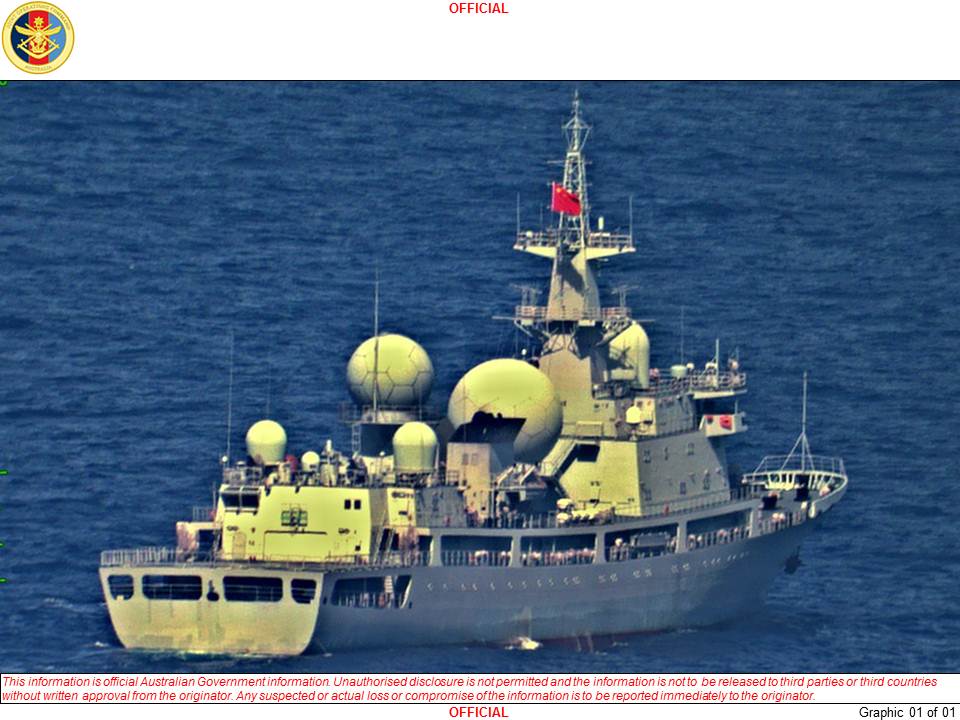
The latest incident involved the PLAN’s Type 815 Dongdiao class auxiliary intelligence ship, or AGI, Haiwangxing, which the Australian Defense Ministry revealed today it’s been tracking for a week off Australia’s west coast. According to Defense Minister Dutton, no previous PLAN vessel has ventured this far south down the coast.
In a statement today, the Australian Defense Ministry confirmed that it’s still monitoring the Chinese vessel within Australia’s maritime approaches.
“Defense is actively monitoring the current activities of the Chinese intelligence-collection vessel off the northwest coast of Western Australia with a combination of air and maritime capabilities,” a spokesperson from the ministry said. An annotated map provided by the ministry indicates that a combination of Royal Australian Air Force (RAAF) P-8A Poseidon and contractor-operated Dash 8 maritime patrol aircraft, and a patrol boat, have been used to keep tabs on the spy ship.
The route of the Haiwangxing down Australia’s west coast reportedly brought it close to Exmouth, on Western Australia’s North West Cape. It then apparently changed course, heading east along the coast toward Darwin in the Northern Territory. The significance of its course includes the vessel’s proximity to the Naval Communication Station Harold E. Holt, or HEHCS, a joint Australian and U.S. naval communication station close to Exmouth.
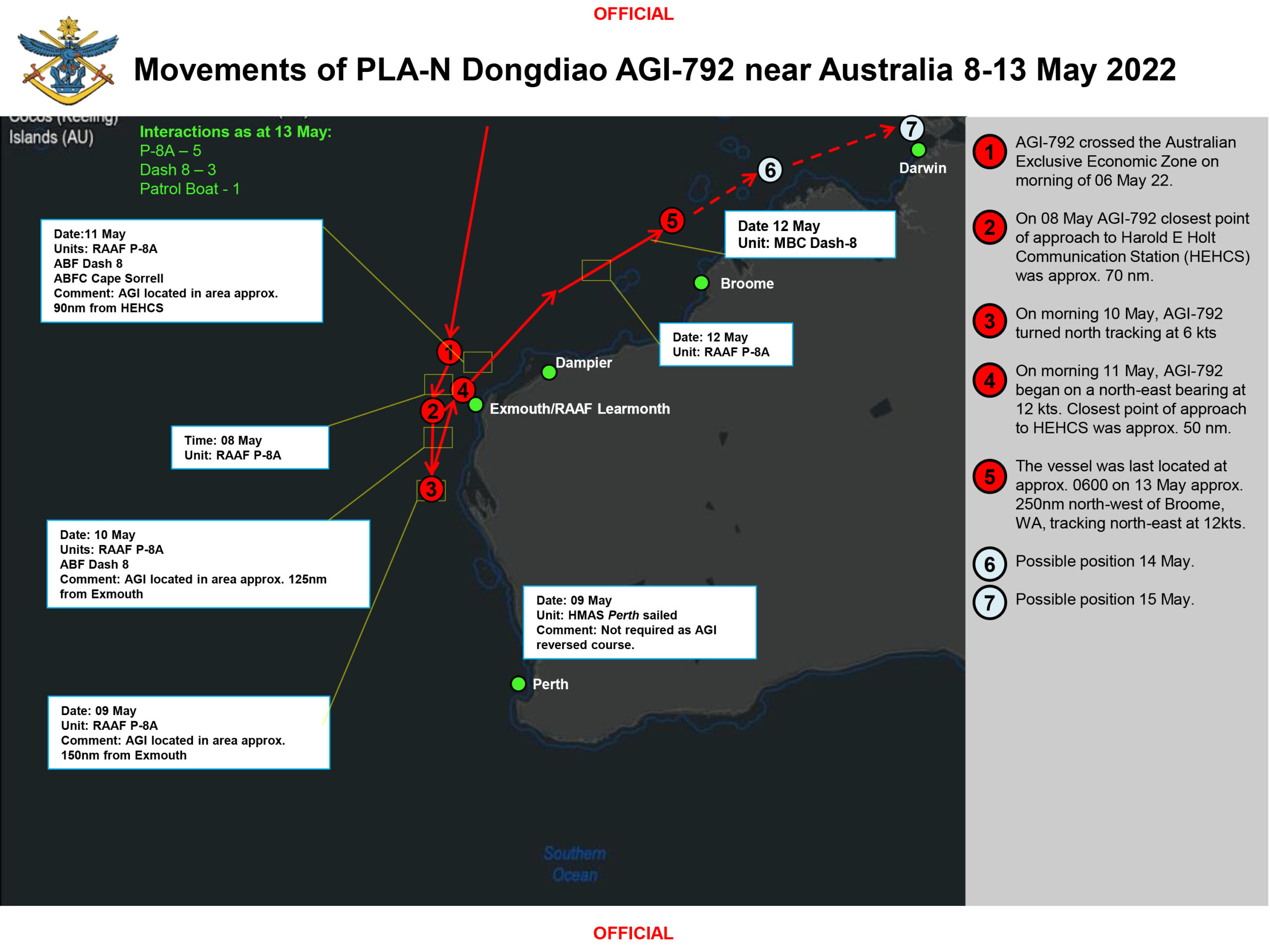
“I think it is an aggressive act, and I think particularly because it has come so far south,” Dutton said in a press conference in Perth today. “For it to come south of Exmouth is without precedent and for it to hug the coastline the way in which it has and heading up towards the north.
“It’s very unusual, we haven’t seen a ship from the People’s Liberation Army come this far south,” Dutton added.
By the same token, if the Naval Communication Station Harold E. Holt was indeed the target of intelligence-gathering, this is not necessarily surprising, and the secretive facility would more likely than not expect Chinese missions of this kind as a matter of course. The facility is operated and maintained by the Australian Department of Defense on behalf of the RAN and the U.S. Navy. It provides very low frequency (VLF) radio communications that are vital for operations by Australian, U.S., and allied submarines operating in the western Pacific Ocean and eastern Indian Ocean. Having a ship close enough to eavesdrop on activities at the HEHCS, which deals with a variety of classified military communications, could certainly be valuable to China.
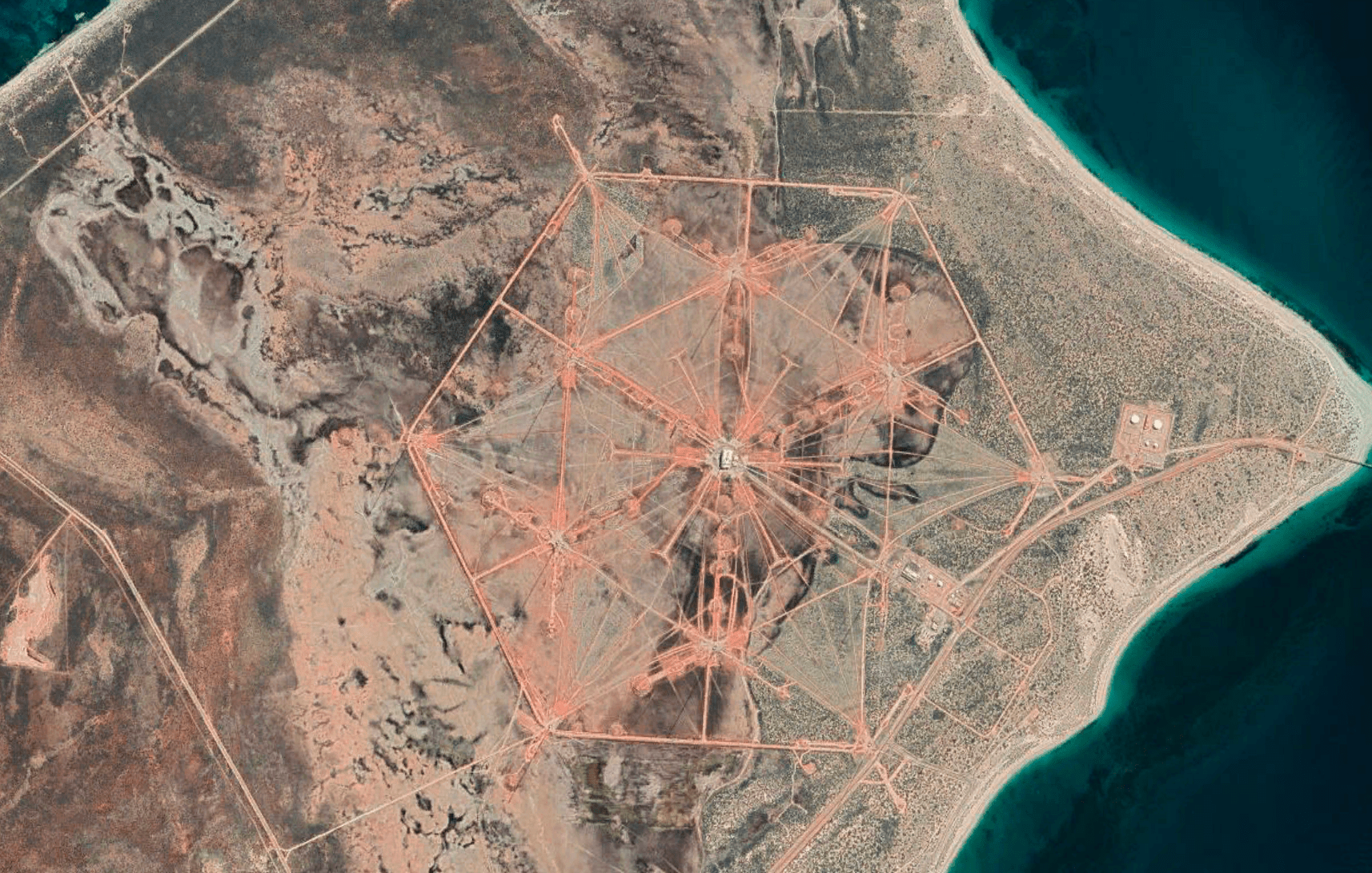
The Type 815 Dongdiao class vessels, nine of which serve the PLAN in three sub-classes, are equipped to conduct electronic surveillance on behalf of the navy and the wider PLA and intelligence services. Later versions are reportedly also capable of tracking ballistic missile launches. Displacing around 6,000 tons, these vessels also carry defensive armament, in the form of one 37mm cannon and two 25mm cannons. The ships have a flight deck and hangar to operate a single helicopter. The Dongdiao class vessels regularly operate in waters close to Taiwan.
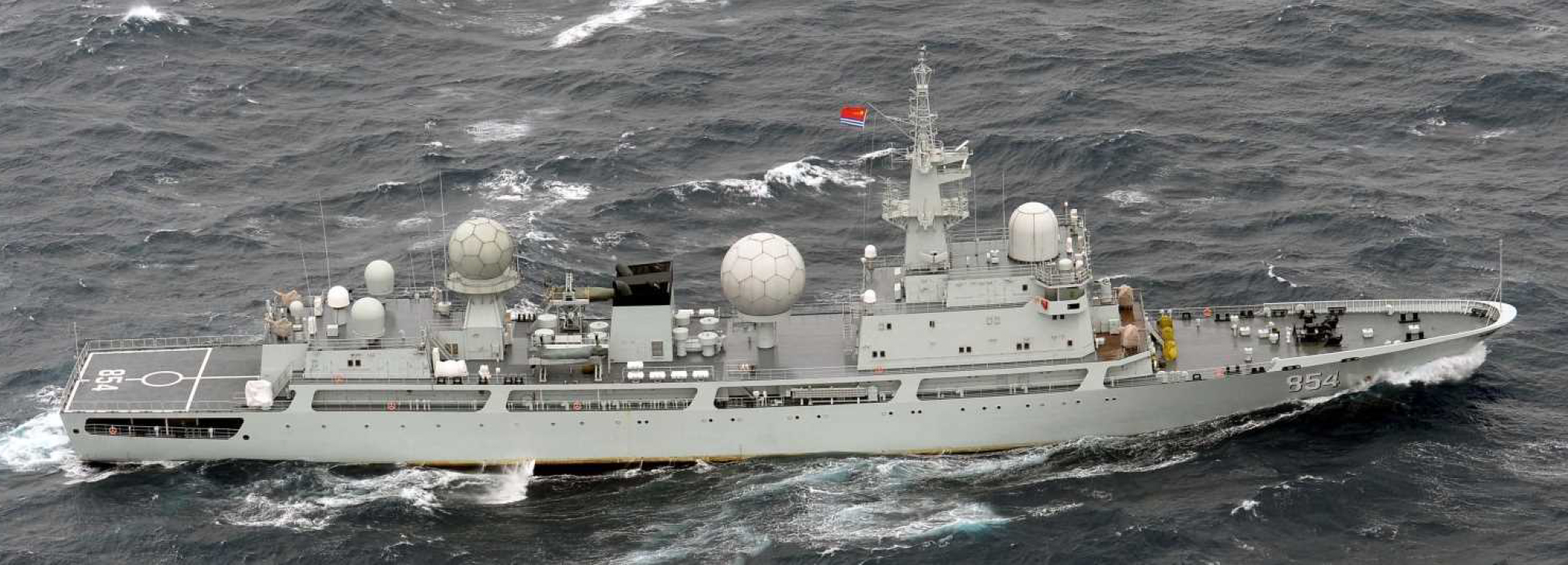
The fact that the spy ship remained in international waters at all times means that it was apparently operating in line with maritime regulations. While the Haiwangxing was in Australia’s exclusive economic zone, or EEZ, this extends from 12 nautical miles to 200 nautical miles from its coastline and is not off-limits to foreign vessels, commercial or military. While it’s possible that the Chinese AGI was undertaking some kind of other, prohibited actions, this has not been disclosed so far.
The appearance of a Chinese AGI off the Australian coast is also not unprecedented. In July last year, another PLAN Dongdiao class spy ship was operating off the coast of Queensland. On this occasion, its presence was likely related to Talisman Sabre, a U.S.-Australian military exercise.
More recently, in February 2022, there was the incident in the Arafura Sea, between Australia and Western New Guinea. Australia accused a PLAN naval vessel of illuminating an RAAF P-8A Poseidon maritime patrol aircraft with a laser, while China blamed the Royal Australian (RAN) for harassing one of its vessels, including dropping sonobuoys in their vicinity. This led to a war of words between Australian and Chinese officials due to the claimed actions of one of the PLAN vessels (which comprised the Type 071 Yuzhao class amphibious transport dock vessel Jinggang Shan and the Type 052D Luyang III class destroyer Hefei) and the RAAF P-8 maritime patrol aircraft. Once again, the PLAN warships were exercising their right to operate within Australia’s EEZ. You can read more about that incident here.
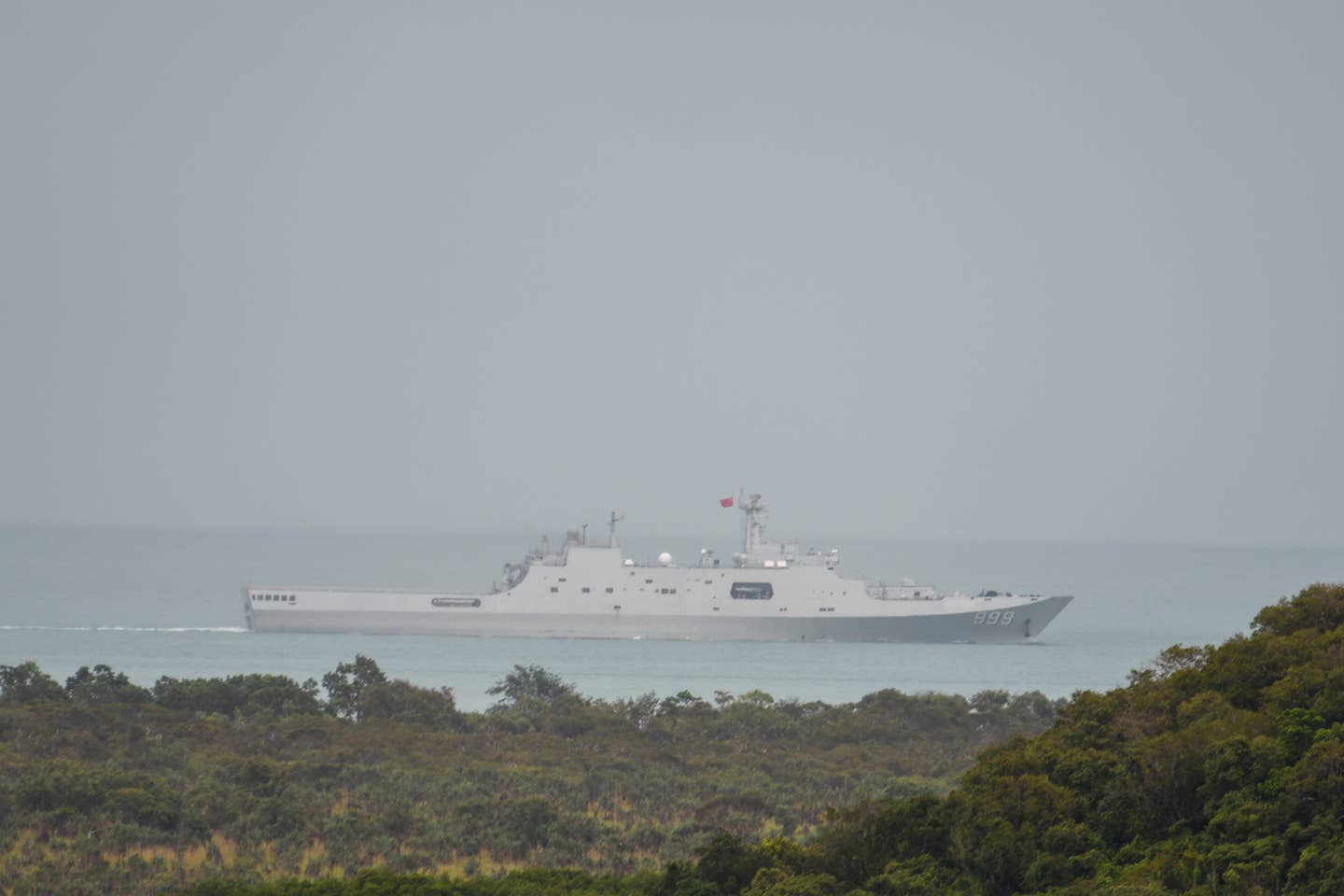
Meanwhile, there’s also been speculation that Dutton’s announcement of the latest incident, involving the Haiwangxing, was timed to coincide with campaigning for Australia’s federal election campaign, which ends in eight days’ time. Dutton is a member of the Liberal Party, led by Prime Minister Scott Morrison.
Dutton rebuffed that claim, saying that disclosure of the incident at this point “continues the practice that we had before of making the public aware of the activity of these vessels.”
“I think people understand the difficulty that’s the reality of the Indo-Pacific at the moment, the acts of aggression from the Chinese leadership and from the Chinese government,” he said.

While making calculated use of, or even exaggerating, a Chinese military threat as an electioneering tactic would not be unheard of, the spy ship’s mission has also prompted a response from the opposition Labor Party. Brendan O’Connor, a Labor defense spokesman, said his party “shares concerns that a People’s Liberation Army-Navy vessel has been conducting surveillance operations off Australia’s west coast.”
O’Connor also suggested that the presence of the Haiwangxing was part of a “concerning pattern of behavior from the PLA Navy of intelligence ships entering Australia’s exclusive economic zone.”
At this point, based on the information that Australian officials have provided, the Haiwangxing does not seem to have been doing anything to warrant the description of it being an “aggressive act.” After all, most major naval powers operate similar intelligence-gathering vessels around areas of interest and they are permitted to undertake such missions, even in other country’s EEZs. Indeed, it’s common practice for AGIs to keep watch on potential adversaries to gain new intelligence insights and simply observe how other navies go about their work. The United States and its allies operate off Chinese shores on a daily basis as part of overt intelligence-collection.
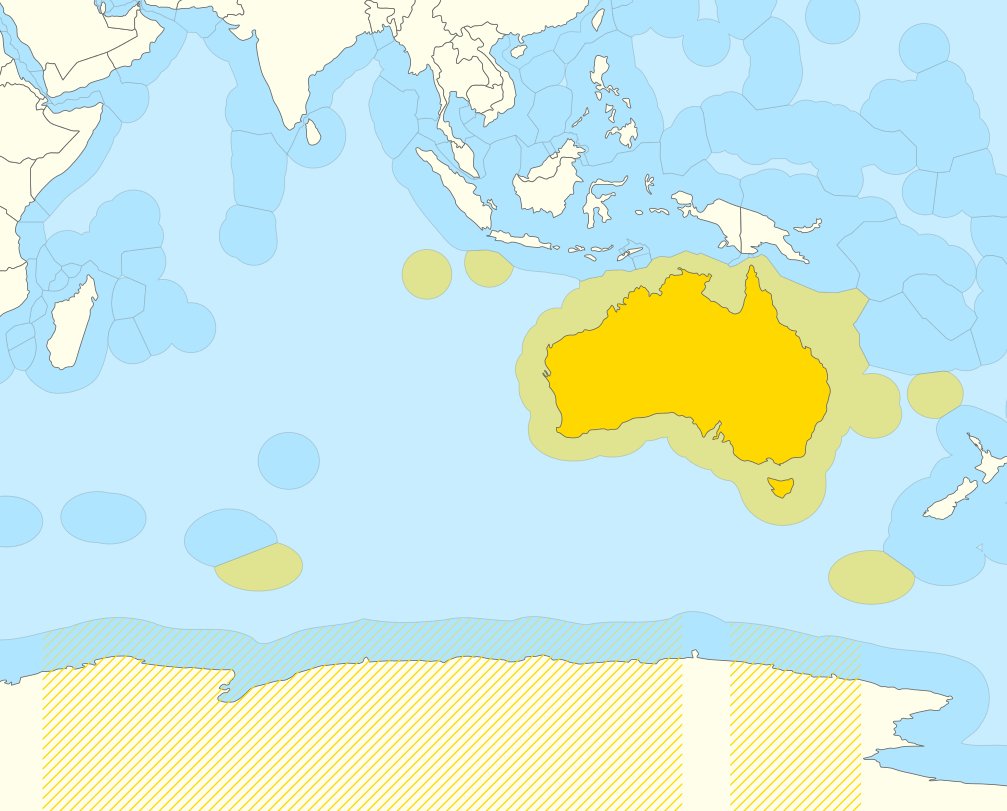
However, the incident does reflect an apparent uptick in Chinese naval activity around Australia, which will only add to Australian concerns about the broader military and strategic challenges that China presents. The debate about the future of Australia-China relations is also being played out in front of wider worries about Beijing’s adventurism in the wider region.
In particular, it might also be expected that China would be interested to learn more about Australian submarine capabilities, especially as that country embarks on a significant new nuclear-powered submarine program which is directed very much at countering current and emerging Chinese naval threats. Indeed, as Australia, the United States, and the United Kingdom start to work even more closely together under the auspices of the AUKUS agreement, the Naval Communication Station Harold E. Holt is only likely to become more interesting to China. Meanwhile, a new submarine base will also be built further down the east coast, to support the RAN’s forthcoming nuclear-powered submarines, as well as receiving regular visits from U.S. Navy and Royal Navy nuclear-powered submarines. That, too, could well attract the attention of the PLAN.
All in all, while the actions of the Haiwangxing alone may not be unduly concerning, the ship’s mission is nonetheless further evidence of the increasing willingness of PLAN vessels to operate close to Australia’s shores.
Contact the author: thomas@thedrive.com
